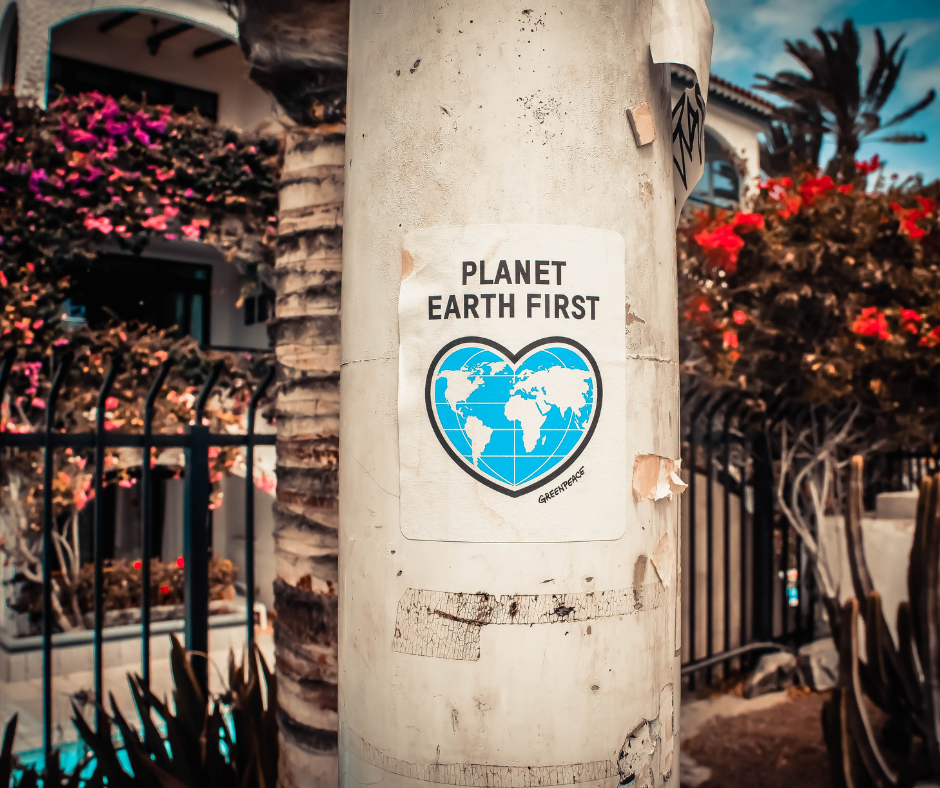You may know that different fabrics and clothing waste are harmful to the environment. Each piece of clothing goes through a life cycle, from textile production to distribution. Some stages of production are also harmful to the environment, depending on the material and process used. Our consumer base has increased the supply and demand cycle because of social media, marketing, and easy access. Which has created more textile waste. Continue reading to see how you can be friendlier to the environment by shopping and caring for your clothes.
How Sustainable Shopping and Caring Helps the Environment

Buy Less Clothing
Online shopping has made buying clothing easier. Non-sustainable brands also are inexpensive. Supply and demand have been on the rise since Covid-19 hit in 2019, causing consumers to shop more. However, do we need all of this clothing?
We can make better purchases with our clothing decisions by shopping smarter. Neutral colors help to match items with multiple outfits.
Buy Quality Clothing that will Last
It is important to know what you are buying when purchasing items and where it comes from. When you buy clothing that is inexpensive, sometimes it is cheaply made, hurting the environment, and possibly endangering the workers that made the products. These items do not last long, requiring you to buy more later.
Thrift Shopping
Thrift shopping is also an environmentally friendly way to purchase new clothing items. It gives you a unique selection of clothing that almost no one else has. Second-hand stores are forever changing and don’t have the same item twice as regular retail stores do. Not only are second-hand stores better for the environment, but they are good for the community too. Some stores use their proceeds for charities or people in need in the community.
When you are ready to get rid of your old clothes, it is important not to throw them away, creating textile waste that grows in landfills. Instead, donate your clothing to second-hand stores or use the fabric for other projects you may have.
Washing Your Clothes
Washing machines use 14-20 gallons of water per load. And laundry detergent is not always eco-friendly. It contaminates our water supplies with toxic metals used in the detergents. Also, the containers are not biodegradable. There are ways you can help conserve the water and help the environment.
First, you don’t have to wash your clothes after every time you wear them. Especially jeans. It is important to wash your jeans seldom, so they remain the same shape and last longer. You can also fold them, put them in a plastic bag, and place them in the freezer to kill bacteria that may be on them.
Shop smarter with your laundry detergent. We recommend using eco-friendly detergent sheets that are sensitive to the environment. The sheets are biodegradable and vegan. Overall, this is a cleaner and healthier option for your clothes, your skin, and the environment.
Conclusion
As consumers, we don’t always think about the effects our purchases and supply and demand cycle have on other sources, such as the environment. Shopping smarter can make a world of a difference, especially in the long run. This involves less impulse shopping, caring for your clothes, and caring about your carbon footprint on the environment. We hope these tips help you to think eco-friendly.
Other Posts You Might Enjoy:
The Art of Second-Hand and Thrift Shopping
Ultrafabrics: The Sustainable Fabric of the Future
2022 Trends – Sustainable Accents
11 Recycle and Upcycle Hacks to Bring Old Clothes Back to Life





